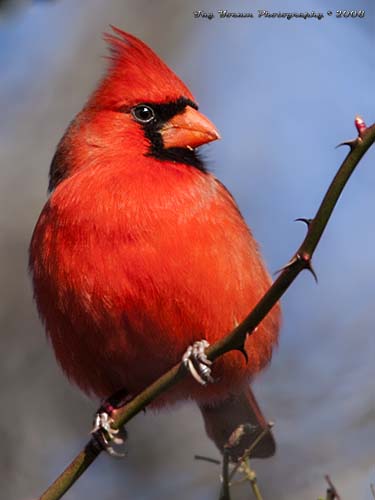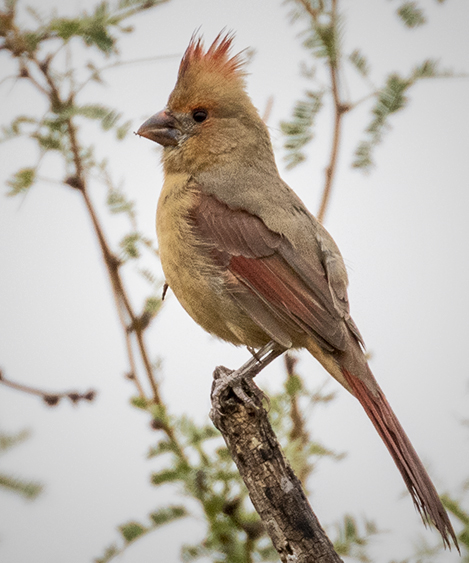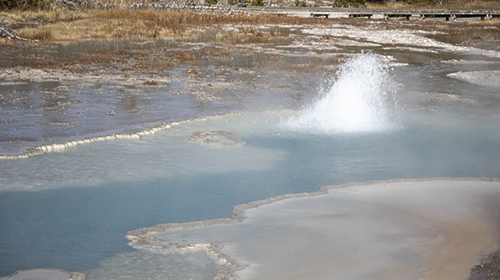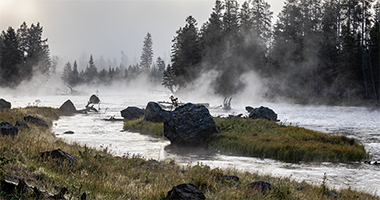Northern Cardinal


The female cardinal is duller in color and less red than the male but still has a distinctive crest and black mask.
The male Northern Cardinal is one of the most brilliantly colored birds in the continental 48 states. With its bright red coloration and crest, the Northern Cardinal is one of the most recognized birds in the country. In fact, it was the early European explorers who gave the bird the cardinal name because the coloration reminded them of the Roman Catholic Bishops, who wore red robes and caps.
A Cardinal Experience is when a red cardinal appears unexpectedly during a difficult time or even during a celebration. Seeing a female cardinal is thought to be a sign that you will receive good news or something positive will happen in your life.
Cardinals do not migrate in the winter, so in snowy areas, they are a beautiful, wonderful, and hypnotic sight in a snow-laden tree.
Cardinals are songbirds. Read more about songbirds here. Most female songbirds do not sing, but the female cardinal is an exception. They will often sing while in the nest. The meaning of the singing is unknown, but it may be a request for males to bring food to the nest. A mated pair will sing to each other.


The male and female cardinals are very territorial, so they will spend hours protecting their area from their reflections on windows and other shiny objects.
The northern cardinal is the state bird in seven states: Illinois, Indiana, Kentucky, North Carolina, Ohio, Virginia, and West Virginia.
The range of the Northern Cardinal goes from the Atlantic coast to 3/4 of the way through Kansas, dipping down into Mexico.
If you want to attract them to your bird feeder, use sunflower seeds, or better yet, plant sunflowers in your garden.
The female builds the nest and incubates the 3-4 eggs, which takes about 12-13 days. Both parents feed the nestlings. When the babies fledge in about 9-11 days, the father feeds the fledglings. Mom, on the other hand, has already started the next nest. The pair will have 2-3 broods per year.
Like humans, birds have close relatives. One relative of the Northern Cardinal is the Pyrrhuloxia, which is found in the southwest and northern Mexico. The Pyrrhuloxia is mainly gray with a red mask. It is red under its chin, down its chest, and belly, with some red on the legs, wings, and tail.
















